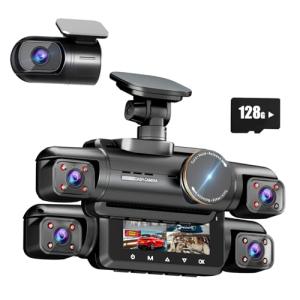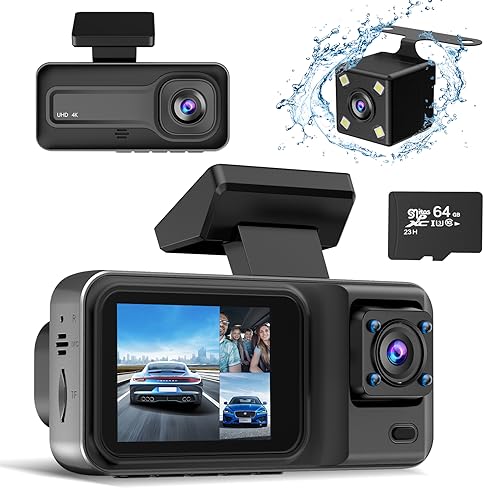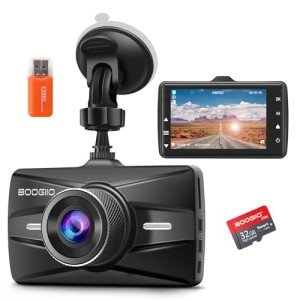When it comes to digital cameras, picking the right one can feel a bit overwhelming. With so many options out there, it helps to know what you really need. Are you just looking to snap photos at family gatherings? Or do you want to capture stunning landscapes on your travels? Knowing your primary use will make the decision way easier.
Start by considering the type of photography you want to focus on. For casual use, a compact digital camera is lightweight and simple to operate. If you're more into serious photography, a mirrorless or DSLR camera will give you better image quality, and more control over settings. Think about how much you want to invest, too—there are excellent options in every price range.
Don’t forget to look at features that matter to you. If you take a lot of low-light photos, look for a camera with a larger sensor. Want to take pictures of moving subjects? A camera with a fast autofocus system can make a big difference. Battery life matters, especially if you're traveling, so check reviews to see how long the battery lasts.
Finally, consider how you'll be sharing your photos. If you post on social media a lot, you might want a camera that connects easily to Wi-Fi or has a smartphone app. Many digital cameras today come with built-in editing tools, which is super handy for quick tweaks before sharing. Think about your workflow, and go from there!
Understanding Camera Features and Specs
When you're diving into the world of digital cameras, it's easy to feel overwhelmed by all the features and specs. But don’t worry! Let's break it down together so you can make sense of it all.
First up, megapixels. This spec often gets a lot of attention, but it’s not the only thing that matters. Megapixels tell you how detailed your photos can be. For most casual users, 12 to 20 megapixels is plenty. If you're planning to print huge photos or do a lot of cropping, you might want a higher count, but for the average Instagram post? You’ll be just fine with something in that range.
Next, let's talk about zoom. Digital cameras usually come with either optical or digital zoom. Optical zoom uses the camera’s lens to get closer to your subject without losing quality. Digital zoom just crops the image, which can lead to pixelated photos. If you want the best quality, look for a camera with a solid optical zoom feature.
Don't forget about low-light performance! If you plan to shoot indoors or at dusk, check the camera's ISO range and aperture size. A low aperture number (like f/1.8) lets in more light, which is great for nighttime shots. A good ISO range will help you capture clear images without too much noise in dim settings.
Lastly, think about the camera's video capabilities. Many digital cameras now shoot in 4K, which is fantastic if you're into video. Features like image stabilization and autofocus can also make a big difference in getting smooth, well-framed shots. So, whether you're snapping photos or recording your adventures, make sure you're choosing a camera that fits your creative needs.
AI Dash Cam Front Rear Inside, 4 Channel 3k+1080P*3 Dashcam with Smart Driving Monitor System, 360° View Car Cameras 5GHz Wi-Fi GPS, Camera for Car Night Vision 128GB SD Card, 24H Parking Mode N700Pro
Product information
£179.33 £114.95
Product Review Score
4.94 out of 5 stars
207 reviewsProduct links
Tips for Taking Stunning Photos
Taking stunning photos is all about knowing a few simple tips and tricks. Whether you’re a beginner or someone who's used digital cameras for a while, these tips can make a big difference in your shots.
First up, always pay attention to lighting. Natural light is your best friend. Try to shoot during the golden hours—right after sunrise and just before sunset. The soft light during these times can add warmth and magic to your photos. If you're indoors, don’t hesitate to get close to windows for that beautiful light.
Next, composition is key. Use the rule of thirds to make your images more balanced and engaging. Imagine your frame divided into a 3x3 grid. Place your subject along these lines or at their intersections. This simple technique can really help your photos stand out.
Don’t forget to experiment with angles! Shooting from different heights or perspectives can change the whole vibe of your shot. Get low to the ground for a dramatic look or climb to a higher vantage point for a sweeping view. Your digital cameras can do amazing things when you mix it up.
Finally, take your time. Sometimes it’s easy to rush the process, but patience pays off. Take a moment to observe your surroundings and find the right shot. Trust your instincts and have fun with it. The more relaxed you are, the better your photos will turn out!
4K 3-Channel Dash Cam, Front & Rear Cameras
Enhanced safety and visibility with ultra high-definition footage from the 4K 3-Channel Dash Cam, featuring front and rear cameras
Product information
£95.96
Product Review Score
4.7 out of 5 stars
172 reviewsProduct links
Maintaining Your Digital Camera Easily
Taking care of your digital cameras is simpler than you might think. A little regular maintenance goes a long way in keeping your camera in top shape. Let's break down some easy tips to help you maintain your gear without turning it into a full-time job.
First off, always keep your camera clean. Dust and smudges can really mess with your photos. Use a soft microfiber cloth to wipe down the body and lens. For the lens, a blower brush can help remove any stubborn particles without scratching it. Regularly check the sensor, too; a clean sensor is key to clear images.
Next, store your camera properly. When you're not using your digital camera, keep it in a padded bag. Avoid leaving it in extreme temperatures, like a hot car or cold garage. Moisture can also be a killer, so think about using silica gel packs in your camera bag to absorb any humidity.
Don't forget about the batteries! Rechargeable batteries have a lifespan. If you notice they’re not holding a charge like they used to, it might be time for a replacement. Always have a spare battery on hand, especially for those big events when you don’t want to miss capturing moments.
Lastly, pay attention to firmware updates. Manufacturers often release updates that can enhance the performance of your digital cameras. Check the brand’s website regularly to see if there’s a new version available. Staying up-to-date keeps your camera functioning smoothly and helps with any potential bugs.





